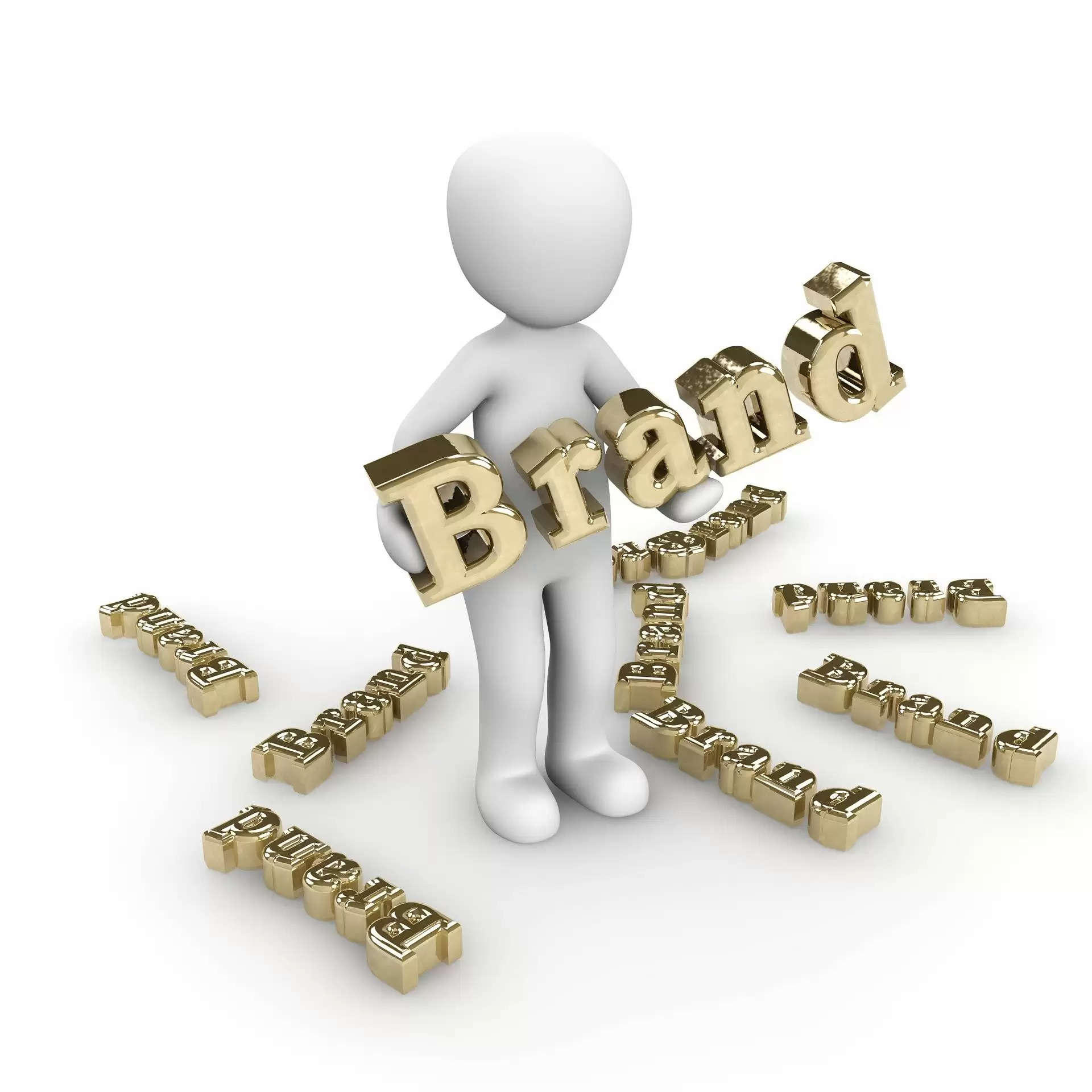Secret Symbols In Brand Logos

Discovering the hidden messages in company logos can be fascinating. Many well-known brands incorporate subtle elements in their logos that convey deeper meanings. Here, we delve into these intriguing design secrets.
Ray-Ban: Subtle Shades
At first glance, the Ray-Ban logo seems to be a simple script font, reflecting its stylish and fashionable sunglasses. However, a closer look reveals a clever detail: the "B" in Ray-Ban subtly incorporates a depiction of sunglasses. By tilting your head sideways, you can see the shades hidden within the letter.
Gillette: Razor Sharp Precision
Gillette’s logo features a sporty font with slanted letters, evoking a sense of speed and agility. This design choice isn't just for show—the slanted letters symbolize the precision of Gillette's razors. Specifically, the "G" and the "I" in the logo appear to be cut, highlighting the brand’s emphasis on sharpness and cutting-edge technology.
Baskin Robbins: A Flavor for Every Day
Baskin Robbins, famous for its wide variety of ice creams, hides a special message in its logo. If you look closely at the initials "BR," you'll notice the number 31 embedded within them. This number represents the original 31 flavors introduced in 1953, signifying one flavor for each day of the month. The brand’s recent logo update retains this clever nod to its heritage.
Adidas: The Climb to Excellence
Adidas’ logo, with its lowercase, bold typeface, is easily recognizable. However, the three diagonal stripes that accompany the name have a deeper meaning. They are designed to resemble a mountain, symbolizing the challenges that elite athletes face and the determination required to overcome them.
Toblerone: The Hidden Bear
Toblerone, the renowned Swiss chocolate brand, features a mountain in its logo. Upon closer inspection, you’ll spot a bear hidden within the left side of the mountain. This bear is a tribute to the Swiss town of Bern, Toblerone’s place of origin, where the bear is a prominent symbol.
Unilever: Symbolic U
The Unilever logo is ubiquitous, but its intricate design often goes unnoticed. The letter "U" is not just a decorative element; it is composed of various symbols representing the company’s diverse product range. Each small icon within the "U" relates to a different aspect of Unilever’s extensive portfolio, creating a unified visual representation of the brand’s offerings.
Wikipedia: The Incomplete Globe
Wikipedia’s logo features an unfinished globe made of puzzle pieces adorned with characters from various languages. This incomplete globe signifies the ongoing nature of Wikipedia’s mission to be a comprehensive information source. It also reflects the dynamic nature of the site, which relies on user contributions and is perpetually evolving.
Dell: Turning the World on its Ear
The distinctive sideways "E" in the Dell logo serves a purpose beyond aesthetic appeal. Michael Dell aimed to "turn the world on its ear," and this creative typographical choice symbolizes that ambition, setting the logo apart from others and highlighting the company’s innovative spirit.
Apple: The Bite for Clarity
Apple’s iconic logo, featuring a bite taken out of an apple, was designed with practicality in mind. The bite mark ensures that the logo is recognizable as an apple, even when scaled down, preventing it from being mistaken for a cherry. This simple yet effective design choice has become a hallmark of the tech giant’s brand.
Amazon: A to Z
Amazon’s logo, familiar to many online shoppers, includes a subtle yet meaningful arrow beneath the company name. This arrow, stretching from "A" to "Z," symbolizes the vast array of products available on the platform, emphasizing the idea that Amazon offers everything from A to Z.
Logos are more than just visual identifiers; they often carry hidden messages and stories that reflect the essence of a brand. Whether it’s a clever depiction of products, a nod to heritage, or a symbol of the company’s mission, these hidden elements add depth and intrigue to the logos of some of the world’s most recognizable brands.
.jpg)
